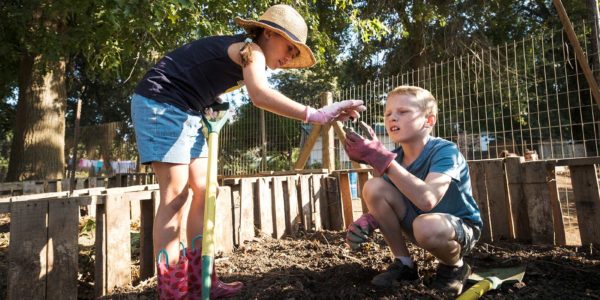Reducing Waste At School
Schools provide an opportunity to divert food from landfills and teach better food waste habits to the next generation. Save More Than Food provides lesson plans, activities, toolkits, local partners and more that you can use to help students and staff understand the value of food as a resource and implement food waste diversion practices.














